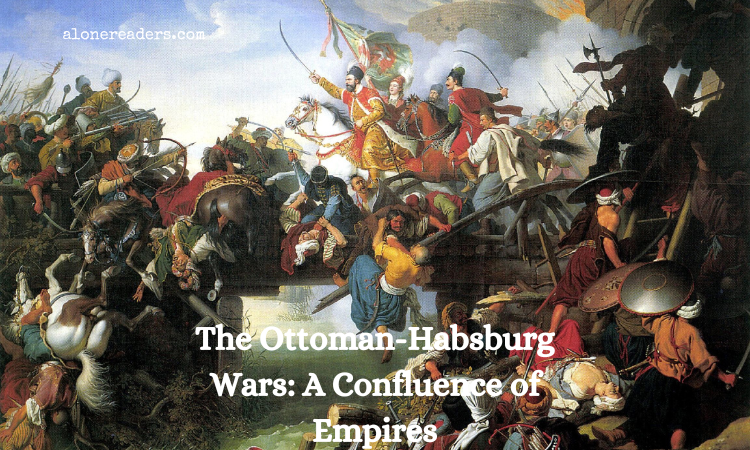
The Ottoman-Habsburg Wars represent a series of conflicts that spanned over three centuries, punctuating the broader narrative of European history with dramatic moments of conquest, sieges, and stalemates. At its heart, these wars were the product of the territorial ambitions and rivalry between two great empires: the Ottoman Empire, which emerged from the Anatolian peninsula, and the Habsburg Monarchy, which dominated much of Central Europe.
To understand the origins of the Ottoman-Habsburg Wars, one must first recognize the rise of both empires. The Ottomans, initially a small Turkic state in Anatolia, gradually expanded to encompass vast territories including the Balkans, Middle East, and North Africa. Conversely, the Habsburgs, originating from the Alpine regions of modern-day Switzerland, gradually established dominance over territories in the Holy Roman Empire, Spain, and parts of Italy.
The Siege of Vienna (1529): Often dubbed the "high-water mark" of Ottoman expansion into Europe, this siege saw Suleiman the Magnificent lead an enormous force in an attempt to capture the Habsburg capital of Vienna. The siege ultimately failed due to the onset of winter and spirited resistance from the Viennese defenders, halting the Ottomans' westward advance.
The Long War (1593-1606): This prolonged conflict was characterized by numerous battles, sieges, and raids with neither side achieving a decisive advantage. The war concluded with the Treaty of Zsitvatorok, which recognized a relative equality between the two empires and established a more stable frontier.
The Battle of Lepanto (1571): While not a direct clash between the Habsburgs and Ottomans, this naval battle involved the Holy League, a coalition of European maritime states, including Habsburg Spain, against the Ottoman fleet. The Ottomans suffered a devastating defeat, marking a turning point in naval dominance in the Mediterranean.
The Siege of Vienna (1683): This was the Ottomans' second major attempt to capture Vienna. However, they were repulsed by a combined force of Polish, Austrian, and German troops under the leadership of King John III Sobieski of Poland. The victory marked the beginning of the end of Ottoman expansion in Europe.
The Great Turkish War (1683-1699): Following the failed siege of Vienna, the Habsburgs, in alliance with other European powers, took the offensive and recaptured significant territories from the Ottomans, including parts of Hungary and Transylvania. The war concluded with the Treaty of Karlowitz, which marked a significant territorial loss for the Ottoman Empire in Europe.
Changing Borders: The borders of southeastern Europe were redrawn several times as a result of these wars. The Ottoman Empire's European territories significantly receded, and the Habsburgs established themselves as a dominant force in Central Europe.
Religious Significance: The wars had strong religious undertones, with the Catholic Habsburgs and the Muslim Ottomans often framing their struggles in religious terms. Many battles and sieges were portrayed as clashes between Christianity and Islam.
Military Innovation: The prolonged nature of the wars led to significant developments in military technology and tactics. Both empires innovated in artillery, fortifications, and infantry tactics.
Cultural Exchange: Despite being adversaries, there was a notable degree of cultural exchange between the two empires. Ottoman architecture, art, and music influenced Central European culture, while the Ottomans absorbed elements of European science, art, and literature.
In conclusion, the Ottoman-Habsburg Wars were more than just a series of military engagements. They shaped the political and cultural landscape of Europe and the Middle East, symbolizing the ebb and flow of two of history's most powerful empires. These wars, spanning multiple centuries, influenced the geopolitics of the region, leaving an indelible mark on the annals of world history.